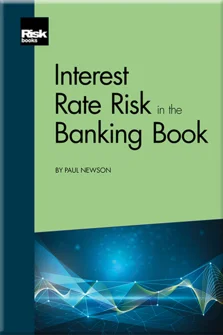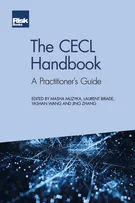Managing and Hedging IRRBB
Managing and Hedging IRRBB
Introduction
An Overview of Banking
Relevant Accounting and Financial Concepts
Fundamentals of Interest Rate Risk and the Banking Book
Standard Metrics for Identification and Assessment of IRRBB
Managing and Hedging IRRBB
Interest Rate Basis Risk
Behavioural Assumptions in the Management of IRRBB
Non-dated Liabilities
Other Types of Market Risk
Reporting and the Management Process
IRRBB: Its Links to the Operating Plan and Stress Testing
Regulatory Requirements
The previous chapter discussed how IRRBB is usually identified and measured; this chapter will now provide a description of how it is controlled and managed by banks. The prime focus is on those open mismatch positions that are essentially discretionary – ie, fairly easily closed – and how a bank might best organise itself to reduce such unnecessary risk in a way that is also efficient and cost-effective. In this, the general presumption is that the bank has no appetite for expressing a particular interest rate “view” in its banking book or, in other words, that it will want a gap report that generally shows a minimum of mismatch risk.
USE OF DERIVATIVES
As mentioned in Chapter 2, interest rate derivates, particularly IRSs, in theory provide a ready means of hedging any simple interest rate risk that arises from the origination of customer products, particularly fixed rate loan products where cash funding is unlikely to be available at the same re-pricing maturity as the customer product.
For example, a three-year fixed rate mortgage initially cash-funded at three-month Libor creates an exposure to the funding rate rising. A three-year pay fixed/receive Libor closes the
Copyright Infopro Digital Limited. All rights reserved.
You may share this content using our article tools. Printing this content is for the sole use of the Authorised User (named subscriber), as outlined in our terms and conditions - https://www.infopro-insight.com/terms-conditions/insight-subscriptions/
If you would like to purchase additional rights please email info@risk.net
Copyright Infopro Digital Limited. All rights reserved.
You may share this content using our article tools. Copying this content is for the sole use of the Authorised User (named subscriber), as outlined in our terms and conditions - https://www.infopro-insight.com/terms-conditions/insight-subscriptions/
If you would like to purchase additional rights please email info@risk.net






